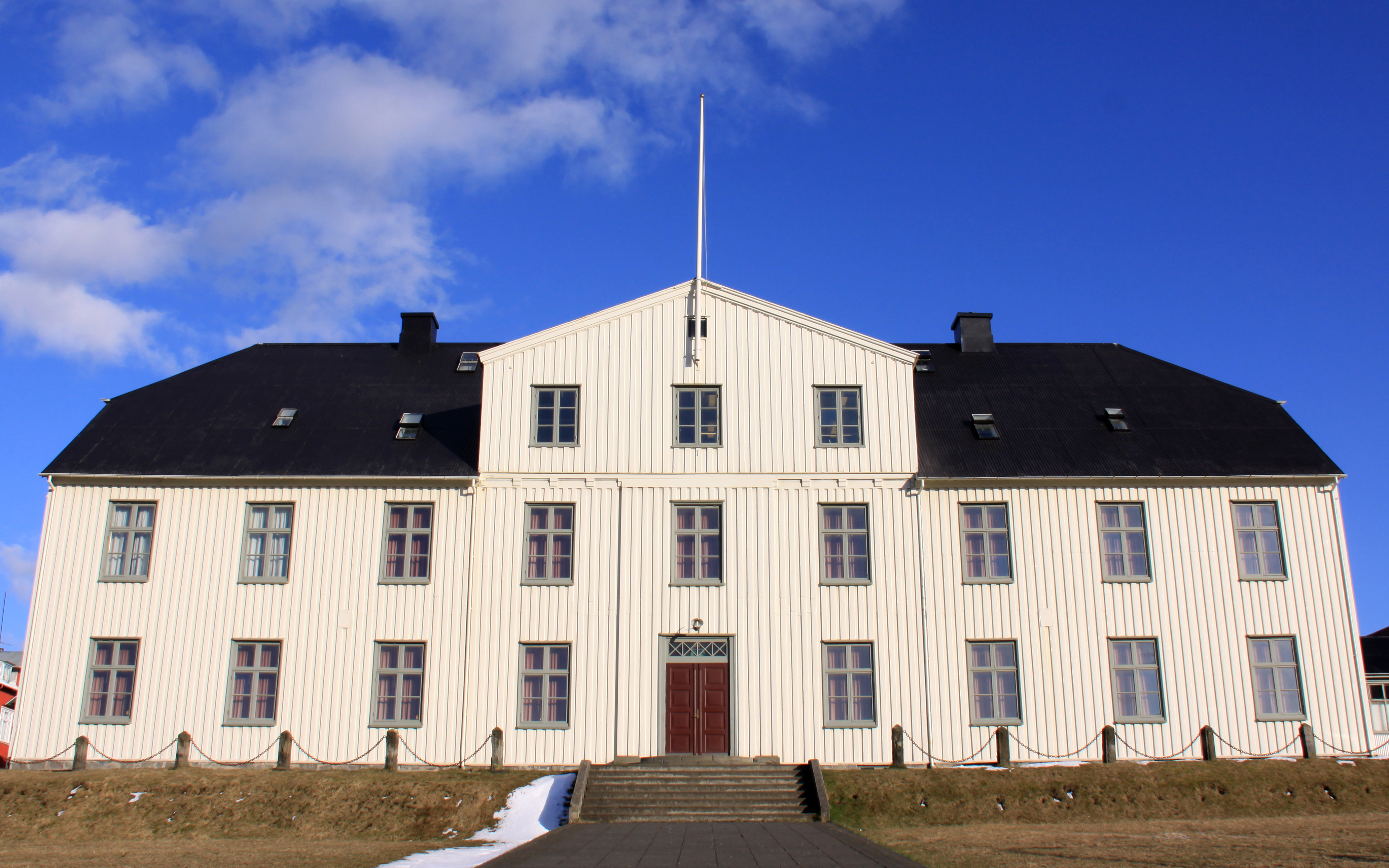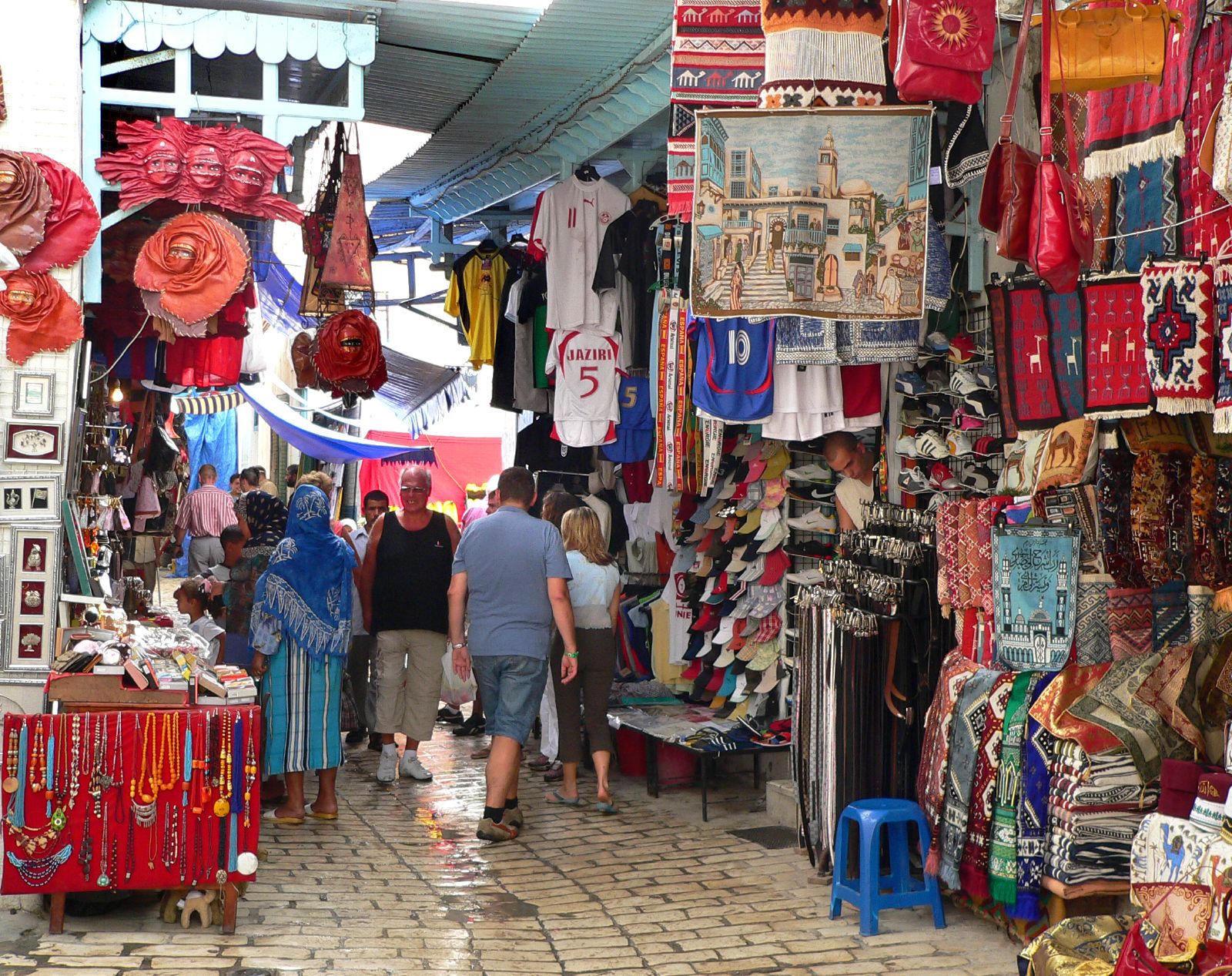|
Lækjargata
Lækjargata (, "stream street") is a street in downtown Reykjavík and takes its name from the stream that once ran along the street, from the Tjörnin to the sea. History Settlement period In Spring 2015, the remains of a 22 metre long tenth- or eleventh-century turf building with a 5.2 metre long hearth at the north end were found under the present lot Lækjargata 10-12. At this time, the area of Lækjargata was part of the marshy Austurvöllur, a field belonging to the farmers of Vík. Development of the street Lækjargata began to take its present form in the late eighteenth century, when two houses were built there. They were built when Reykjavík Cathedral was built on the neighbouring Austurvöllur in 1787. Einar Valdason built a turf farmhouse to the south-east of the cathedral, first called Kirkjuból ('church dwelling') and later Lækjarkot ('stream cottage'). Lækjargata was in those days called Heilagsandastræti ('Holy Spirit street'), because one of the houses was ... [...More Info...] [...Related Items...] OR: [Wikipedia] [Google] [Baidu] |
Bankastræti
Bankastræti () is a street in Reykjavík's city centre which runs from the west ends of Laugavegur and Skólavörðustígur to the intersection at Lækjartorg. It has, since the nineteenth century, been one of the main streets of Reykjavík. History With the building of a bridge over Lækinn, the stream running from Tjörnin along what is now Lækjargata, in 1828, Bankarstræti, along with the contiguous Austurstræti and Laugavegur, became some of the most important streets in Reykjavík. The street saw Reykjavík's first street light, an oil-lamp beside Lækjartorg. Since the earlier twentieth century, the street has been one-way. Since 2012, Bankastræti, along with Laugarvegur and Skólavörðustígur, has been pedestrianised during the summer as part of the 'sumar götur eru sumargötur' ('some streets are summerstreets') scheme. Name Bankastræti is now named after Landsbanki Íslands, which commenced operation at 3 Bankastræti on July 1, 1886. It was previously ... [...More Info...] [...Related Items...] OR: [Wikipedia] [Google] [Baidu] |
Tjörnin
Tjörnin () is a small, prominent lake in central Reykjavík, the capital of Iceland. Most visitors to the city pass along its shore, as it is situated in the city centre next to the Reykjavik City Hall and several museums. ''Tjörnin'' means "the lake" or "the pond". Feeding the birds on the lake shores is a popular pastime, so much that it has been referred to as "the biggest bread soup in the world". Geography Tjörnin is described as a lagoon next to a barrier beach. The lake's formation is attributed to the lagoon which was part of a reef that existed at the present location of Hafnarstræti (a city street, "Harbour Street"). This street, which passes through the business section of the city, lies on the southern side of the lake and leads to the gardens. The Vatnsmýri marsh feeds the lake. The outflow from the lake is Lækurinn, previously an open water channel flowing through the city centre, but since 1911 part of the sewage system under Lækjargata. During the win ... [...More Info...] [...Related Items...] OR: [Wikipedia] [Google] [Baidu] |
Lækjartorg
Lækjartorg (, "brook square") is a square in downtown Reykjavík, Iceland. It is located in Kvosin south of Reykjavík Harbor, where Bankastræti Bankastræti () is a street in Reykjavík's city centre which runs from the west ends of Laugavegur and Skólavörðustígur to the intersection at Lækjartorg. It has, since the nineteenth century, been one of the main streets of Reykjavík. ..., Lækjargata and Austurstræti meet. Reykjavík District Court faces the square. References Geography of Reykjavík Tourist attractions in Iceland {{iceland-stub ... [...More Info...] [...Related Items...] OR: [Wikipedia] [Google] [Baidu] |
Menntaskólinn í Reykjavík
Menntaskólinn í Reykjavík (MR; official name in English: Reykjavik Junior College) is a junior college in Iceland. It is located in Reykjavík. The school traces its origin to 1056, when a school was established in Skálholt, and it remains one of the oldest institutions in Iceland. The school was moved to Reykjavík in 1786, but poor housing conditions forced it to move again in 1805 to Bessastaðir near Reykjavík. In 1846 the school was moved to its current location, and a new building was erected for it in Reykjavík. This was the largest building in the country at the time and can be seen on the 500 Icelandic krona bill. It was used initially when Althing began to meet again in Reykjavík after a few years hiatus and thus it is in this building where Icelandic independence leader Jón Sigurðsson led the MPs in their famous phrase, '' Vér mótmælum allir''. The school has previously been known as ''Lærði skólinn'' (The Learned School), ''Latínuskólinn'' (The Latin ... [...More Info...] [...Related Items...] OR: [Wikipedia] [Google] [Baidu] |
Reykjavík
Reykjavík ( ; ) is the capital and largest city of Iceland. It is located in southwestern Iceland, on the southern shore of Faxaflói bay. Its latitude is 64°08' N, making it the world's northernmost capital of a sovereign state. With a population of around 131,136 (and 233,034 in the Capital Region), it is the centre of Iceland's cultural, economic, and governmental activity, and is a popular tourist destination. Reykjavík is believed to be the location of the first permanent settlement in Iceland, which, according to Landnámabók, was established by Ingólfr Arnarson in 874 CE. Until the 18th century, there was no urban development in the city location. The city was officially founded in 1786 as a trading town and grew steadily over the following decades, as it transformed into a regional and later national centre of commerce, population, and governmental activities. It is among the cleanest, greenest, and safest cities in the world. History According to legend ... [...More Info...] [...Related Items...] OR: [Wikipedia] [Google] [Baidu] |
Austurvöllur
Austurvöllur () is a public square in Reykjavík, Iceland. The square is a popular gathering place for the citizens of Reykjavík, and especially during good weather due to the prevalence of cafés on Vallarstræti and Pósthússtræti. It has also been a focal point of protests due to the close location to the Parliament of Iceland. The square contains a large statue of Jón Sigurðsson, a leader of Iceland's independence movement. Austurvöllur is surrounded by Vallarstræti, Pósthússtræti, Kirkjustræti and Thorvaldsensstræti. The latter of which is named after Bertel Thorvaldsen, a statue of whom was, for a long period of time, present in the centre of Austurvöllur, now occupied by a statue of Jón Sigurðsson. Located around the perimeter of the square are: the Alþingishúsið (Parliament House), the Dómkirkjan (the city's oldest church), the Hotel Borg, as well as numerous cafés, restaurants and bars. In the early 18th century, Austurvöllur was much larger and ... [...More Info...] [...Related Items...] OR: [Wikipedia] [Google] [Baidu] |
Reykjavík Cathedral
Reykjavík Cathedral ( Icelandic: ''Dómkirkjan í Reykjavík'') is a cathedral church in Reykjavík, Iceland, the seat of the Bishop of Iceland and mother church of the Evangelical Lutheran Church of Iceland, as well as the parish church of the old city centre and environs. It is located at Austurvöllur, and next to it is Alþingishúsið (the parliament house). Since Iceland's parliament, the Alþingi, was resurrected in 1845, each session of parliament has begun with a Mass at the cathedral, and from there the dean of the cathedral leads the members of parliament to the parliament house. History and architecture The cathedral was constructed in 1787 from a design by royal building inspector Andreas Hallander. This building was demolished in 1847 to make way for a somewhat larger church building. Furnishings The organ boasts three manuals and thirty-one independent voices and was built in Berlin by the Karl Schuke Berliner Orgelbauwerkstatt Karl Ludwig Alexander Schuke (6 No ... [...More Info...] [...Related Items...] OR: [Wikipedia] [Google] [Baidu] |
Helgi Thordersen
Helgi Guðmundsson Thordersen (8 April 1794 - 4 December 1867) was an Icelandic politician and prelate who served as Bishop of Iceland from 1846 till 1866. Biography Thordersen graduated from the Latin school at Bessastaðir in 1813. He moved to Copenhagen in 1814 and graduated in theology in 1819. That same year, he returned to Iceland and taught children in Reykjavik the following winter. In 1820, he was ordained a priest in Hallgrímskirkja (Hvalfjörður). In 1836, he became a cathedral priest in Reykjavik and was bishop of Iceland from 1846 to 1866 as successor to Steingrímur Jónsson. He had no great importance in political life, but had a certain influence on the church legislative work during the first meetings, as well as in the relocation of the Latin school from Bessastaðir to Reykjavik and the establishment of the parsonage. References {{Authority control Lutheran bishops of Iceland 1794 births 1867 deaths 19th-century Icelandic Lutheran bishops ... [...More Info...] [...Related Items...] OR: [Wikipedia] [Google] [Baidu] |
Shopping Districts And Streets In Iceland
Shopping is an activity in which a customer browses the available goods or services presented by one or more retailers with the potential intent to purchase a suitable selection of them. A typology of shopper types has been developed by scholars which identifies one group of shoppers as recreational shoppers, that is, those who enjoy shopping and view it as a leisure activity.Jones, C. and Spang, R., "Sans Culottes, Sans Café, Sans Tabac: Shifting Realms of Luxury and Necessity in Eighteenth-Century France," Chapter 2 in ''Consumers and Luxury: Consumer Culture in Europe, 1650-1850'' Berg, M. and Clifford, H., Manchester University Press, 1999; Berg, M., "New Commodities, Luxuries and Their Consumers in Nineteenth-Century England," Chapter 3 in ''Consumers and Luxury: Consumer Culture in Europe, 1650-1850'' Berg, M. and Clifford, H., Manchester University Press, 1999 Online shopping has become a major disruptor in the retail industry as consumers can now search for product ... [...More Info...] [...Related Items...] OR: [Wikipedia] [Google] [Baidu] |
Streets In Reykjavík
Streets is the plural of street, a type of road. Streets or The Streets may also refer to: Music * Streets (band), a rock band fronted by Kansas vocalist Steve Walsh * ''Streets'' (punk album), a 1977 compilation album of various early UK punk bands * '' Streets...'', a 1975 album by Ralph McTell * '' Streets: A Rock Opera'', a 1991 album by Savatage * "Streets" (song) by Doja Cat, from the album ''Hot Pink'' (2019) * "Streets", a song by Avenged Sevenfold from the album '' Sounding the Seventh Trumpet'' (2001) * The Streets, alias of Mike Skinner, a British rapper * "The Streets" (song) by WC featuring Snoop Dogg and Nate Dogg, from the album ''Ghetto Heisman'' (2002) Other uses * ''Streets'' (film), a 1990 American horror film * Streets (ice cream), an Australian ice cream brand owned by Unilever * Streets (solitaire), a variant of the solitaire game Napoleon at St Helena * Tai Streets (born 1977), American football player * Will Streets (1886–1916), English soldier a ... [...More Info...] [...Related Items...] OR: [Wikipedia] [Google] [Baidu] |



.jpg)
